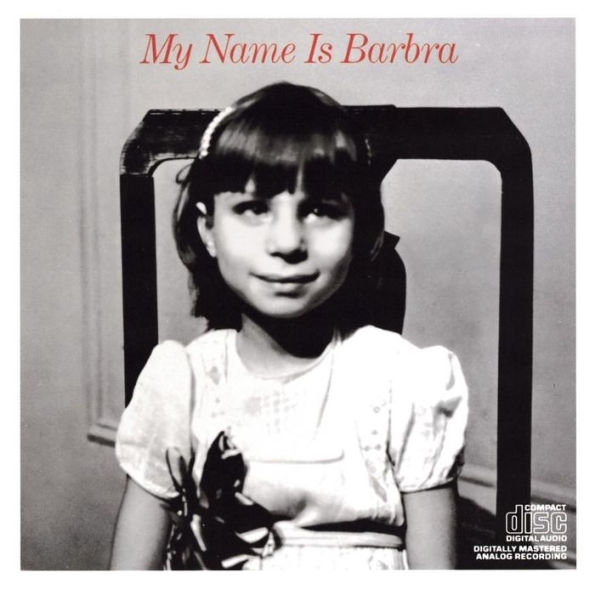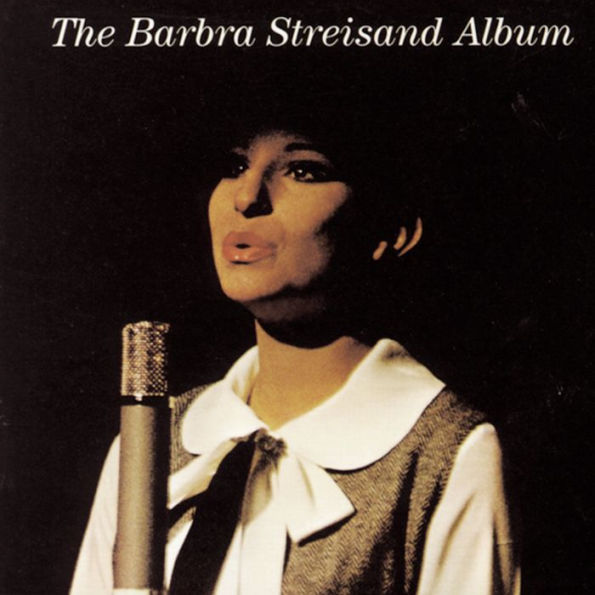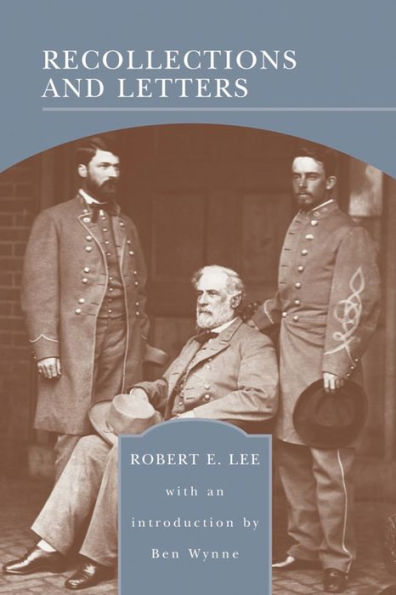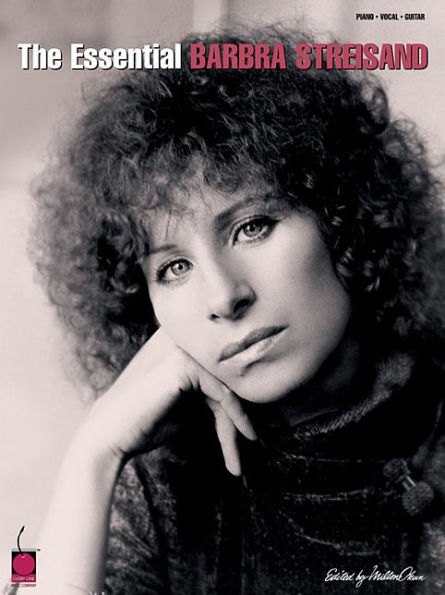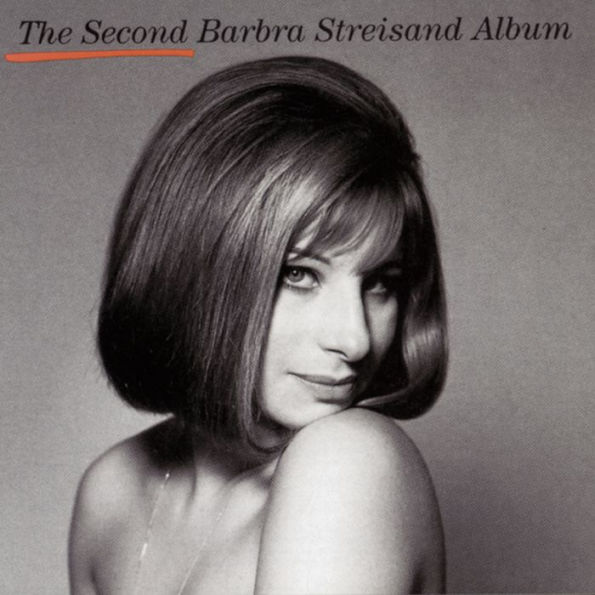Home
Letters to Barbra
Barnes and Noble
Letters to Barbra
Current price: $29.99
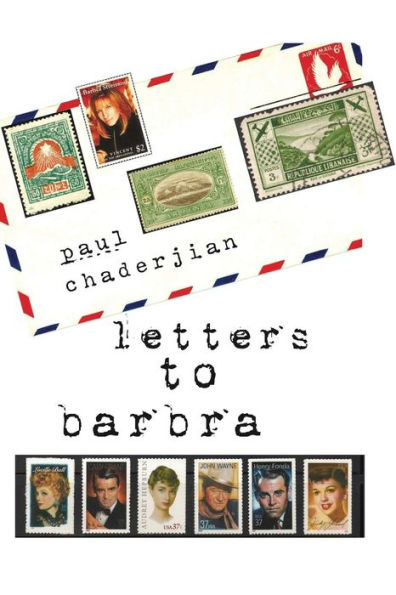

Barnes and Noble
Letters to Barbra
Current price: $29.99
Size: Hardcover
Loading Inventory...
*Product information may vary - to confirm product availability, pricing, shipping and return information please contact Barnes and Noble
An Armenian immigrant's Hollywood dreams run up against American realities in this debut novel.
Beirut, 1975. As the Lebanese civil war rages outside his window, 10-year-old Armenian Adam Terzian composes fan letters to his favorite movie star, Barbra Streisand. "At night in my bed and I cannot sleep because there are bombs," writes Adam to the star of the film What's Up, Doc?"I am scared. Then I think of you and Mister Ryan O'Neal going backwards down the hill on a bicycle....I laugh and laugh. You are very funny. Then I can sleep. I forget about the bombs and that I am going to die." His family is eventually able to immigrate to Fresno, California, where Adam grows up as an outsider obsessed with American music and movies. He's able to attend film school in Los Angeles, though he still carries a fear of violence left over from the trauma of the war. Adam does his best to break into Hollywood, working low-prestige industry jobs and pecking away at his scripts at night, but his dreams of becoming a celebrated director keep failing to materialize. Finally, at 32, he takes a journalism job at Horizon, the English-language magazine of the Armenian diaspora, published by his own father. Horizon sends Adam to Yerevan for a story on the new "style" of post–Soviet Armenia, but what he finds is Eve Kalashyan, a talented singer. She is quickly building a fan base in the Armenian world. Adam joins Eve on tour to cover her for the magazine, but will she prove just as aloof and distant as Streisand was all those years ago? Leaping across multiple timelines—1970s Beirut, '90s LA, even a future city known as the Metropolis in 2308—the tale shows the development of a would-be artist against the obstacles of war, history, commercialism, and the isolation of a diaspora.
Chaderjian's prose hews closely to Adam, deftly capturing the nuances of his ambitions and emotions, as here when he lands his first minor job at a film studio: "He is now on their team, Team Hollywood. He is eating with them, walking their studio lots, taking a piss in the same bathrooms. Who would have imagined that he, Adam Terzian, could be on the payroll of a major Hollywood studio? But he is. He is alive. He is young. And he can dream." The novel is divided into short chapters that leap unpredictably through time, offering vignettes of Adam's life at different ages. These accumulate into a portrait of an archetypical immigrant with dreams of telling his own story, even as that tale is tied up in the thorny history of the Armenian people. Though Adam's unanswered fan letters to Streisand are a recurring element in the narrative—he continues to send them into adulthood—the actor is not much of a presence. Instead, she becomes a sort of totem for Adam's aspirations, a dream of success and artistry that continues to elude him. The author never quite delves as deeply into these ideas as the novel wants him to, but the structure and themes keep the book feeling exciting and relevant.
An engaging, fragmentary tale about longing and memory.
Beirut, 1975. As the Lebanese civil war rages outside his window, 10-year-old Armenian Adam Terzian composes fan letters to his favorite movie star, Barbra Streisand. "At night in my bed and I cannot sleep because there are bombs," writes Adam to the star of the film What's Up, Doc?"I am scared. Then I think of you and Mister Ryan O'Neal going backwards down the hill on a bicycle....I laugh and laugh. You are very funny. Then I can sleep. I forget about the bombs and that I am going to die." His family is eventually able to immigrate to Fresno, California, where Adam grows up as an outsider obsessed with American music and movies. He's able to attend film school in Los Angeles, though he still carries a fear of violence left over from the trauma of the war. Adam does his best to break into Hollywood, working low-prestige industry jobs and pecking away at his scripts at night, but his dreams of becoming a celebrated director keep failing to materialize. Finally, at 32, he takes a journalism job at Horizon, the English-language magazine of the Armenian diaspora, published by his own father. Horizon sends Adam to Yerevan for a story on the new "style" of post–Soviet Armenia, but what he finds is Eve Kalashyan, a talented singer. She is quickly building a fan base in the Armenian world. Adam joins Eve on tour to cover her for the magazine, but will she prove just as aloof and distant as Streisand was all those years ago? Leaping across multiple timelines—1970s Beirut, '90s LA, even a future city known as the Metropolis in 2308—the tale shows the development of a would-be artist against the obstacles of war, history, commercialism, and the isolation of a diaspora.
Chaderjian's prose hews closely to Adam, deftly capturing the nuances of his ambitions and emotions, as here when he lands his first minor job at a film studio: "He is now on their team, Team Hollywood. He is eating with them, walking their studio lots, taking a piss in the same bathrooms. Who would have imagined that he, Adam Terzian, could be on the payroll of a major Hollywood studio? But he is. He is alive. He is young. And he can dream." The novel is divided into short chapters that leap unpredictably through time, offering vignettes of Adam's life at different ages. These accumulate into a portrait of an archetypical immigrant with dreams of telling his own story, even as that tale is tied up in the thorny history of the Armenian people. Though Adam's unanswered fan letters to Streisand are a recurring element in the narrative—he continues to send them into adulthood—the actor is not much of a presence. Instead, she becomes a sort of totem for Adam's aspirations, a dream of success and artistry that continues to elude him. The author never quite delves as deeply into these ideas as the novel wants him to, but the structure and themes keep the book feeling exciting and relevant.
An engaging, fragmentary tale about longing and memory.
